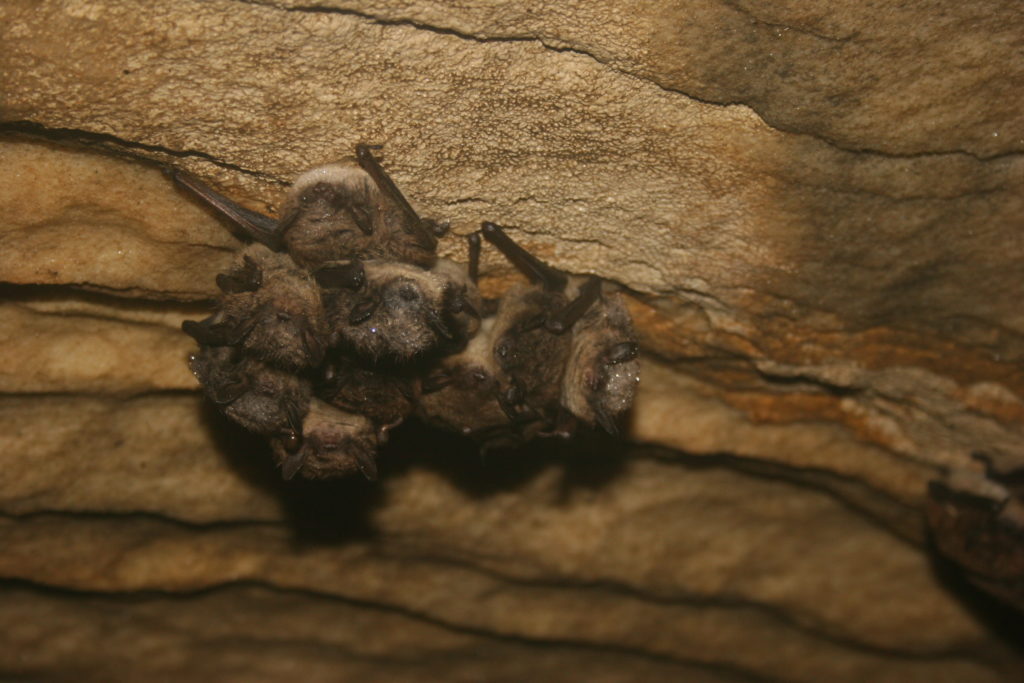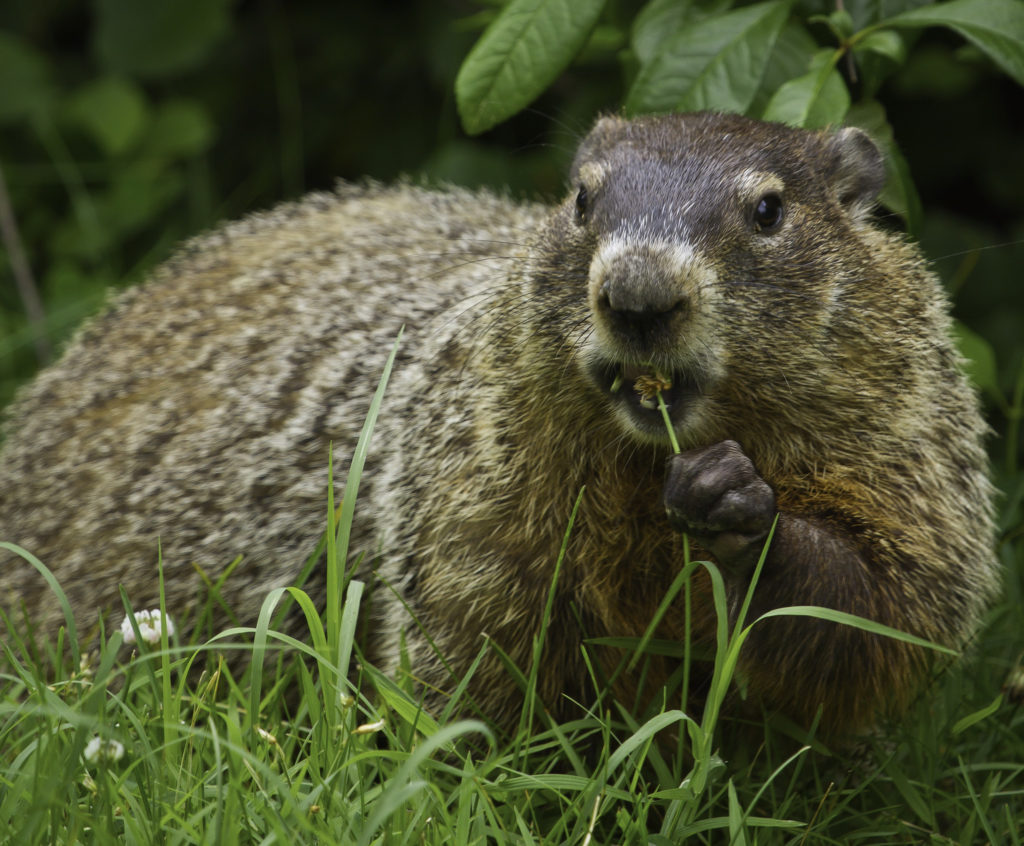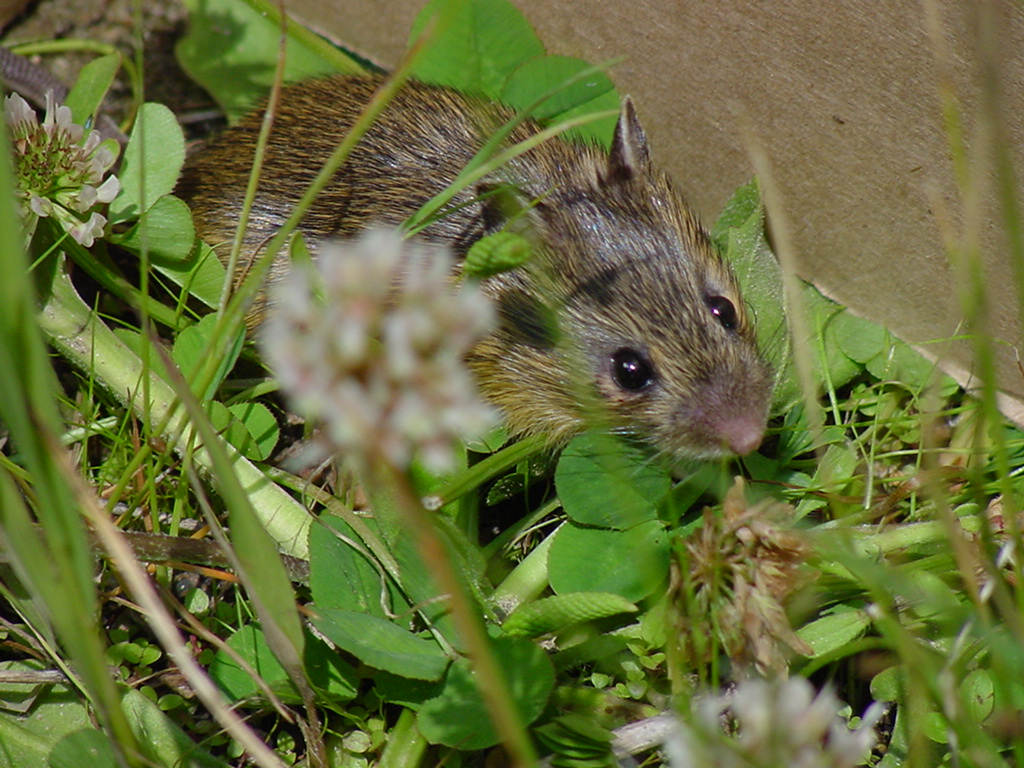Welcome to Creature Feature, a biweekly series from the CELT education team highlighting local wildlife. Each week, we will share a short introduction to a local organism that you might encounter in your backyard or on our trails.
As I woke up last Sunday morning to see the ground covered in a fresh layer of snow from the season’s first real storm, I was reminded about the various adaptations that Maine’s wildlife has for surviving a Maine winter. In the absence of warm temperatures and reliable food sources, hibernation is a remarkable adaptation for surviving through a Maine winter.
The idea of hibernation is to conserve as much energy and body fat as possible until the warm weather and food sources return. True hibernation is a state of deep sleep where an animal’s heart rate, breathing, and body temperature are significantly reduced. While we often think of animals curled up in a cozy den or burrow sleeping for the winter, there are only three Maine mammals that are true hibernators: groundhogs, meadow jumping mice, and bats.
Each of Maine’s true hibernating mammals has slightly different methods of hibernation:

Little brown bats spend the winter in a sheltered place, often a cave, mine, or empty building, called a hibernaculum. They enter sometime between September and October, and won’t emerge until early or mid-spring depending on our weather. During hibernation, their heart rates drop from one thousand beats per minute to five! Most bats only have enough fat stores to survive the winter in this state of hibernation. If disturbed, they may expend more energy than they have stored, which will jeopardize their winter survival.

Groundhogs generally settle in for the winter in early to mid-fall. They dig a den near the tunnel where they have spent the rest of the year. These dens are carefully located below the frost line and above the water table, so that they won’t freeze or flood. The groundhogs’ body temperatures will drop to 38 °F, their heart rates will decrease to four beats per minute, and their breathing will slow to just ten breaths per hour!

Meadow jumping mice have it roughest of the three hibernating mammals in Maine. Unlike most animals preparing for winter, meadow jumping mice only spend two weeks fattening up. Consequently, many mice do not survive the winter. Their winter den is a small chamber often less than two feet below the surface and sometimes only beneath some logs. Once dug, jumping mice will line the chamber with dry plant material and seal the opening with soil. Since they are true hibernators, they do not stash seeds or any other food sources the way other rodents do, and they will not wake to eat or drink until spring.
What about all the other mammals, like bears? Other mammals also sleep in the winter but are not true hibernators because they wake up periodically. For example, mammals such as skunks, raccoons, chipmunks, red squirrels, and bears sleep most of the winter to conserve their resources but wake up on warm days to feed. This behavior is called dormancy.
And what about non-mammals? Cold-blooded animals such as frogs, snakes, and salamanders all hibernate as well, but stay tuned – we will get to that later this winter!
—BY LISA GENT, CELT EDUCATION COMMITTEE CHAIR
